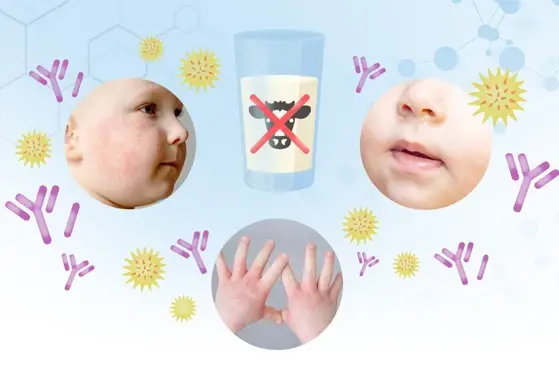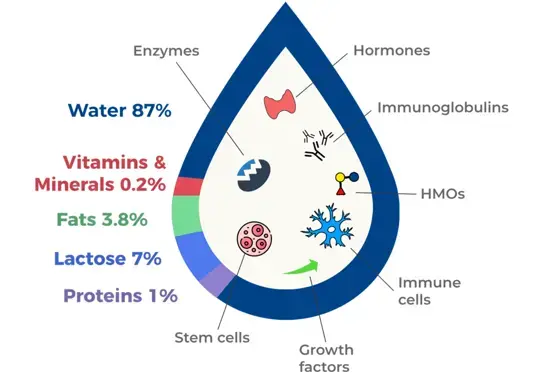Articles and Books

Infant Formula With a Specific Blend of Five Human Milk Oligosaccharides Drives the Gut Microbiota Development and Improves Gut Maturation Markers: A Randomized Controlled Trial


Bone Health in School-Age Children: Effects of Nutritional Intake on Outcomes

Food-Approach Eating Behaviors and Brain Morphology: The Generation R Study

Misreporting of Energy Intake From Food Records Completed by Adolescents: Associations With Sex, Body Image, Nutrient, and Food Group Intake

Use of Tri-Ponderal Mass Index in Predicting Late Adolescent Overweight and Obesity in Children Aged 7–18

Nutritional Status and Dietary Intake of School-Age Children and Early Adolescents: Systematic Review in a Developing Country and Lessons for the Global Perspective

Breastfeeding & Cow Milk Protein Allergy: What You Need to Know


